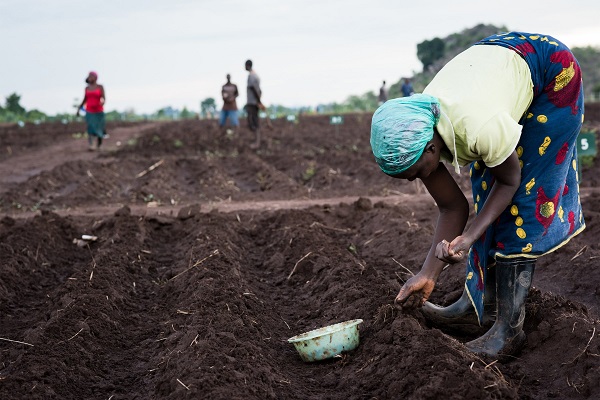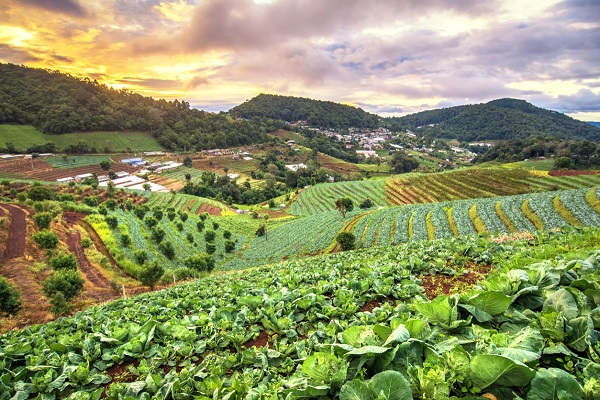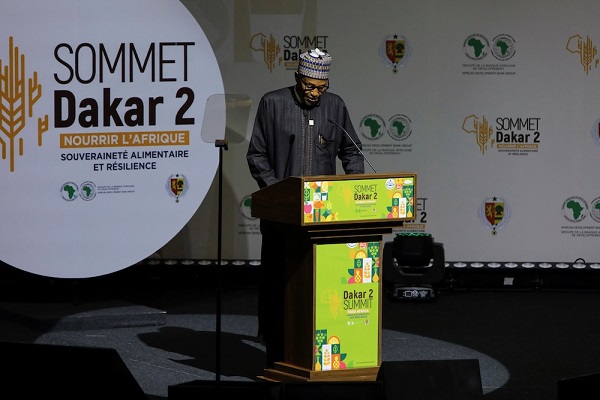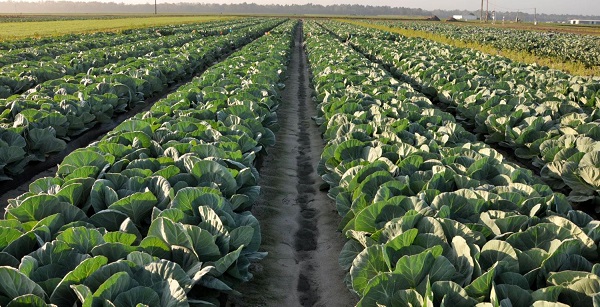Germany plans to implement export ban on certain hazardous pesticides to eliminate double standards in the area of pesticide exports.
Double standards arise when active substances and plant protection products that are not approved or authorised in the EU because of their environmental and health hazards or risks are exported from Germany to countries outside the European Union.
“It is unacceptable that we continue producing and exporting pesticides that we rightly banned here with a view to people’s health,” Agriculture Minister Cem Özdemir said in a statement last year.
But the move is likely to find its way in the corridors of justice.
A Legal opinion commissioned by the European Center for Constitutional and Human Rights (ECCHR), the Heinrich Böll Stiftung, the INKOTA-netzwerk, the Pestizid Aktions-Netzwerk (PAN Germany) and the Rosa Luxemburg Stiftung has highlighted two important areas of legal interest.
First an export ban needs to comply with higher ranking laws in Germany, the EU and international law. It also has to respect the rights and freedoms of those affected by the law. This is because individual affected companies could move to court to challenge the ban.
In legal proceedings against the export ban, national courts will assess whether the provision is compatible with higher-ranking law. To assess compatibility with EU law, the legal opinion examines the compatibility of a German export ban with the EU rules on competences as well as with the fundamental freedoms .
Compatibility with German law
Compatibility with national law requires compatibility with the German Basic Law. In particular, compatibility with fundamental rights must be examined here. An export ban may interfere with the fundamental rights of freedom of property, occupation and the general freedom of action.
Which fundamental right is affected depends on the circumstances of the individual case . In principle, domestic companies as legal persons under private law can also invoke fundamental rights.
Compatibility with world trade law
The General Agreement on Tariffs and Trade (GATT) of the World Trade Organization (WTO) regulates trade measures by WTO members. Violations of the GATT can be sanctioned by WTO states before a panel of experts. It is likely that a German export ban would violate Article XI:1 GATT, which in principle prohibits any institution of non-tariff quantitative restrictions on imports and exports. However, such a violation may be justified under
Article XX GATT.
However, the measures may be justified if they serve to protect human, animal and plant
life and health and are necessary for this purpose. The export ban on certain hazardous pesticides from Germany is intended to protect persons exposed to the hazardous substances as well as the environment and ecosystems.
Also Read
Tech-led innovations steer next wave of agriculture revolution




